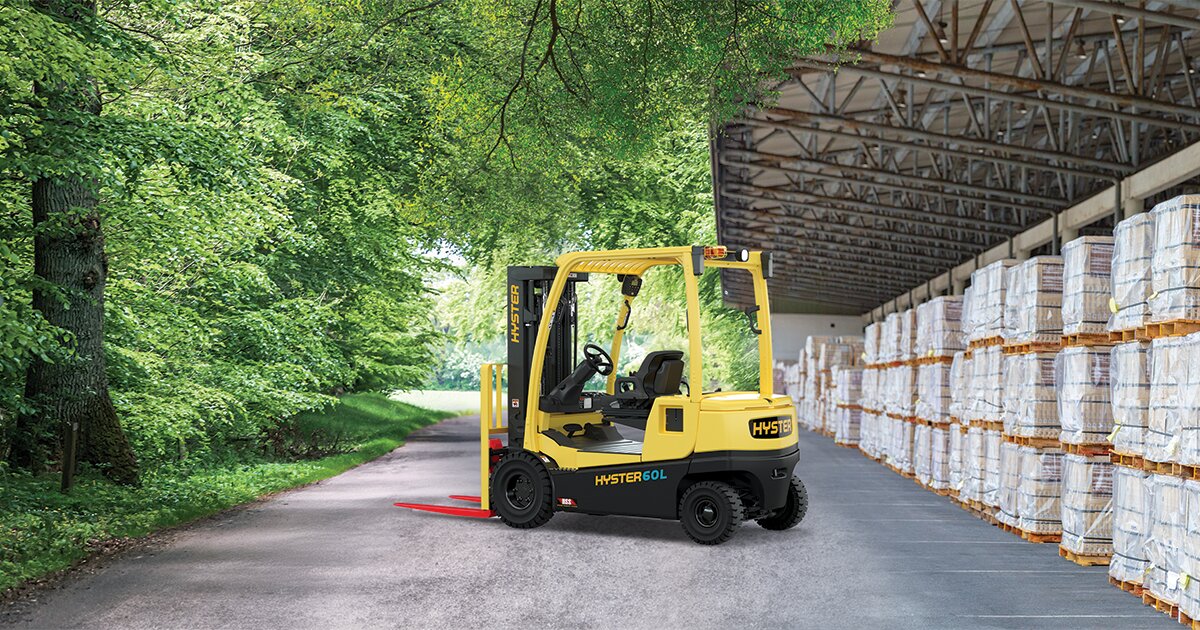
Sustainability is a nearly universal concern for today’s supply chain managers. In fact, the data from a survey we commissioned to better understand how organizations are approaching the issue shows that 93% of supply chain operations see emissions reduction as an important objective. Additionally, 77% of respondents report that they personally are extremely or somewhat motivated to be more sustainable.
Where does that motivation stem from? Government regulations to reduce greenhouse gas (GHG) emissions are putting real pressure on organizations to move away from fossil fuel consumption and towards greener alternatives, including the electrification of powered industrial trucks (PITs) like forklifts and container handling equipment. And for some investors and consumers, minimizing carbon footprint doesn’t just reflect well on the business – it may actually be a condition for doing business.
But mandates aside, reducing emissions makes business sense in many cases. The use of electric material handling equipment can help create a cleaner and quieter environment not only for the public, but for employees as well. The operator compartment of a forklift or the cabin of a container handler is essentially the operator’s office, and a work environment with less vibration and noise compared to equipment powered by internal combustion engines (ICE) can help increase employee satisfaction, a key concern in the struggle to retain workers amidst a highly transient labor force.
And the financial benefits are there, too. As with electric vehicles, electric materials handling equipment has fewer moving parts, which means no oil changes, exhaust system repairs or maintenance on engine systems that can drive up service costs through its useful life. Electricity tends to be cheaper than fossil fuels, adding to the potential cost savings. And converting a fleet from ICE to electric may also qualify for various federal, state and local grant programs that can help offset the acquisition costs of trucks, chargers and charging infrastructure.
It’s clear that there are powerful reasons to consider PIT fleet electrification. But despite their interest, many companies are lagging. In surveying supply chain operations, we found only 17% have completely electrified their PIT fleets, and 28% do not expect to start buying and leasing electric PITs for at least another three years.
The survey results also point to significant potential for ongoing education in this area. Sixty-six percent of respondents only somewhat understand their PIT fleet electrification options, while 9% report having no understanding at all. That, of course, suggests supply chain operations could benefit from some help.
While a relatively small share have taken advantage of fleet electrification, it is a clear, powerful lever that operations can pull today to initiate progress towards a more sustainable future. The framework laid out here is a start, but the best way to find out how electrification will work for you is to engage with a trusted provider. Learn more about choosing the best electric-powered equipment for your operation and building a comprehensive electrification strategy to meet both current needs and future goals.
Hyster Company has been manufacturing powered industrial trucks (PITs) for nearly a century and leads the way in the heavy-duty segment for a wide variety of industries, offering forklifts and container handlers with lifting capacities between 2,000 and 105,000 pounds. Hyster PITs offer a range of power options, from gasoline, propane, diesel and compressed natural gas to lead-acid batteries and more advanced electric clean power options like lithium-ion and hydrogen fuel cells.